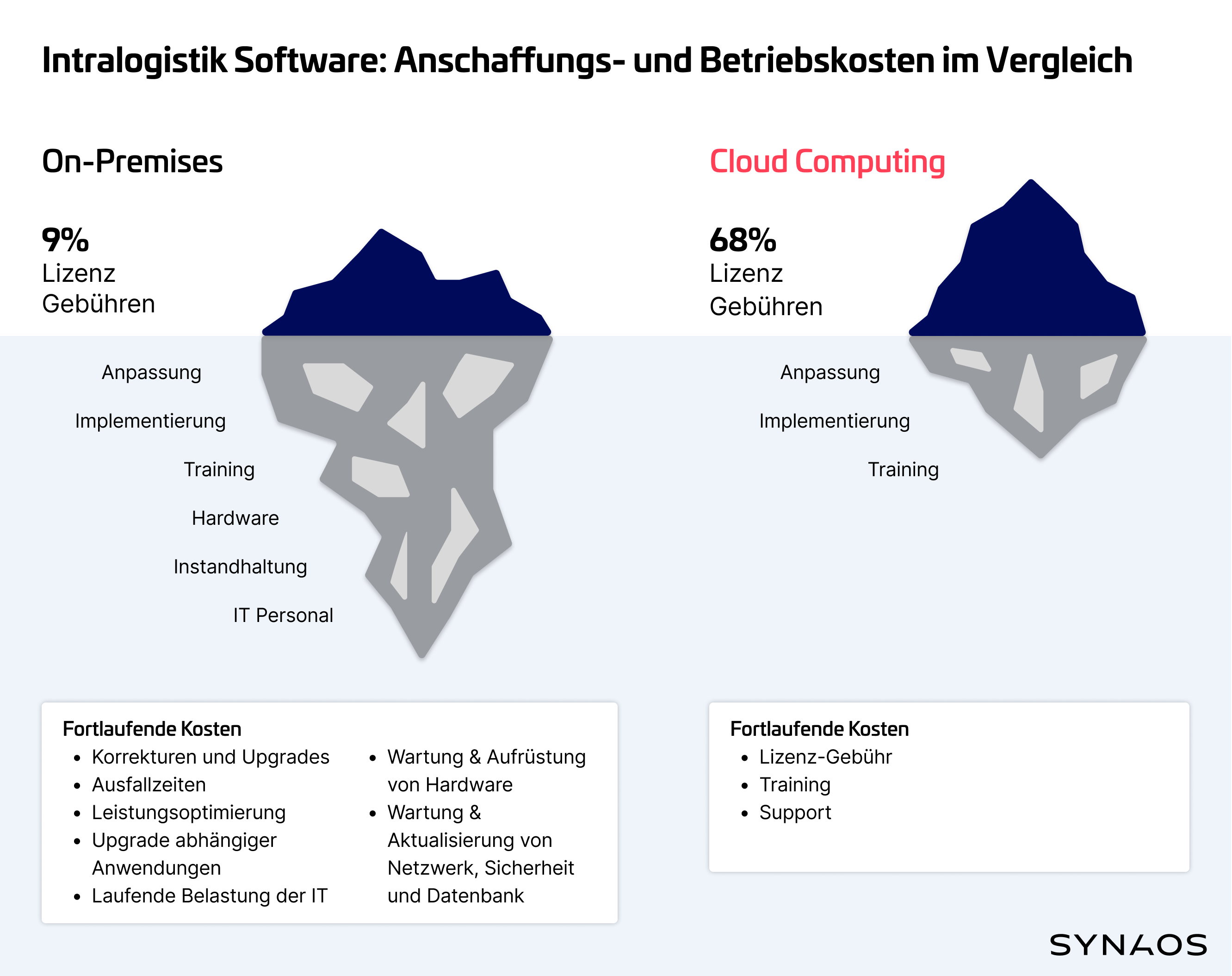Expert Talk: SaaS in Intralogistics
Laden Sie unseren Kalender herunter
Schritt 1:
Öffnen Sie Ihren Kalender in Outlook unter https://outlook.office.com/calendar.
Unter Windows können Sie auch Ihr Outlook-Programm nutzen. Die nötigen Schritte weichen dann ggf. leicht ab.
Schritt 2:
Klicken Sie auf Kalender hinzufügen und wählen Sie Aus dem Internet abonnieren.
Schritt 3:
Fügen Sie folgenden Link ein und klicken Sie auf Importieren.
https://outlook.office365.com/owa/calendar/d35c67af88f64628a6018dbceff8877f@synaos.com/8d78e80490b8462db720d7687cbe5c204542545792701501371/calendar.ics
Geschafft! Ab sofort profitieren Sie von unsere Events-Kalender und sind immer über die aktuellsten Intralogistik-Events in 2024 informiert.
Schritt 1:
Öffnen Sie Google Calendar unter http://calendar.google.com.
Schritt 2:
Gehen Sie in die Einstellungen und klicken Sie unter Kalender hinzufügen auf Per URL.
Schritt 3:
Fügen Sie folgenden Link ein und klicken Sie auf Kalender hinzufügen.
https://outlook.office365.com/owa/calendar/d35c67af88f64628a6018dbceff8877f@synaos.com/8d78e80490b8462db720d7687cbe5c204542545792701501371/calendar.ics
Geschafft! Ab sofort profitieren Sie von unsere Events-Kalender und sind immer über die aktuellsten Intralogistik-Events in 2024 informiert.
Wenn Sie kein Outlook oder Google Calendar nutzen, funktioniert das Hinzufügen des Kalenders ggf. etwas anders. Sie können diese allgemeinen Schritte befolgen, um unseren Events-Kalender Ihrem Kalender-Programm hinzuzufügen.
Bei Schwierigkeiten können Sie auch Ihre IT-Abteilung um Hilfe fragen.
Schritt 1:
Öffnen Sie Ihr Kalender-Programm.
Schritt 2:
Navigieren Sie zu der Stelle in Ihrem Programm, an der Sie einen Kalender hinzufügen können. Dies ist häufig in den Einstellungen oder der Menüleiste zu finden.
Schritt 3:
Wählen Sie die Option, bei der Sie einen Kalender aus dem Internet/per URL (oder ähnlich) abonnieren können und fügen Sie an der Stelle folgenden Link ein.
https://outlook.office365.com/owa/calendar/d35c67af88f64628a6018dbceff8877f@synaos.com/8d78e80490b8462db720d7687cbe5c204542545792701501371/calendar.ics
Geschafft! Ab sofort profitieren Sie von unsere Events-Kalender und sind immer über die aktuellsten Intralogistik-Events in 2024 informiert.

What are the benefits of the SYNAOS Intralogistics Management Platform in the cloud model versus on-premises solutions?
Tobias Gagern: This is where I see our recommendation towards SaaS in focus. When I look at the logistics sector and especially e-commerce, new warehouses are currently being built everywhere and it is not possible to build a data center next to them every time. This is where the cloud option is particularly attractive. The next step is simply to integrate the hardware onto the shop floor and control it via our intralogistics management platform via cloud. We now have a lot of experience with this, which makes it very pleasant and predictable for our customers. He doesn't have to worry about IT security, availability, data protection and scalability.
How does SYNAOS specifically guarantee data security with regard to transport vehicles?
Tobias Gagern: Communication in the individual warehouses is, of course, encrypted. This means that we do not simply communicate publicly via the Internet, but have, for example, an MQTT broker in the hall who collects all information as part of the shielded production network. From the MQTT broker, we have a secure connection to the cloud. In short: We don't simply send unencrypted messages over the Internet, but can communicate from a private network, encrypted by a public network, to us in a cloud instance.
Gregor Noczinski: All of this, of course, is based on current, common encryption mechanisms, which are also recognized as secure in industry. And when there are changes, we dynamically adapt everything to the latest findings.
Do you always recommend cloud or SaaS? Or do company and project size matter?
Tobias Gagern: An important factor is whether you can actually maintain such an application in the end. On the one hand, this requires key users who support the user with initial questions. These are always necessary and are trained by us. At the IT level, it is about managing infrastructure such as servers, databases and networks. In a SaaS model, this is largely done for you. For this purpose, we have teams to ensure that the IT infrastructure is running productively.
In an on-premises case, this must be set up and maintained by the customer in accordance with our specifications. These are additional costs and require more time and personnel.
Especially for smaller projects, it often makes no sense to set up these absolutely necessary structures. At the end of the day, our customers have projects with a clear business case that they want to get flying as quickly as possible — without wasting time.

When is a cloud solution financially worthwhile?
Gregor Noczinski: This is easy to describe with an iceberg graphic. If software is run locally on your own servers, there are a number of hidden operating costs that are already included in the license fees of the SaaS solution. In addition to one-off purchase costs for the hardware and the software license, the on-premises scenario involves ongoing costs for personnel, maintenance, wear and the necessary space. Server rooms must also be constantly cooled and continuously supplied with electricity. The Internet connection must also be fail-safe and employees must be qualified.
What is the licensing model for the SYNAOS Intralogistics Management Platform?
Tobias Gagern: We're very flexible. The customer can tell us on a monthly or quarterly basis how many resources they would like to move on their shop floor with our Intralogistics Management Platform. And we are adjusting pricing accordingly. In the past, we have found suitable solutions for both sides every time.
In addition, we sit down with the customer during the planning process and look at their business case, production cycle and specific needs. This allows us to address very individual topics. We want the business case to stand out with us!
Any more questions? Talk to one of our experts!
text: Julian Borchert-al-Huribi
photos: Gorodenkoff Productions
Schließen Sie sich 1.000+ Intralogistik-Insidern an, die Insights direkt per E-Mail erhalten.

